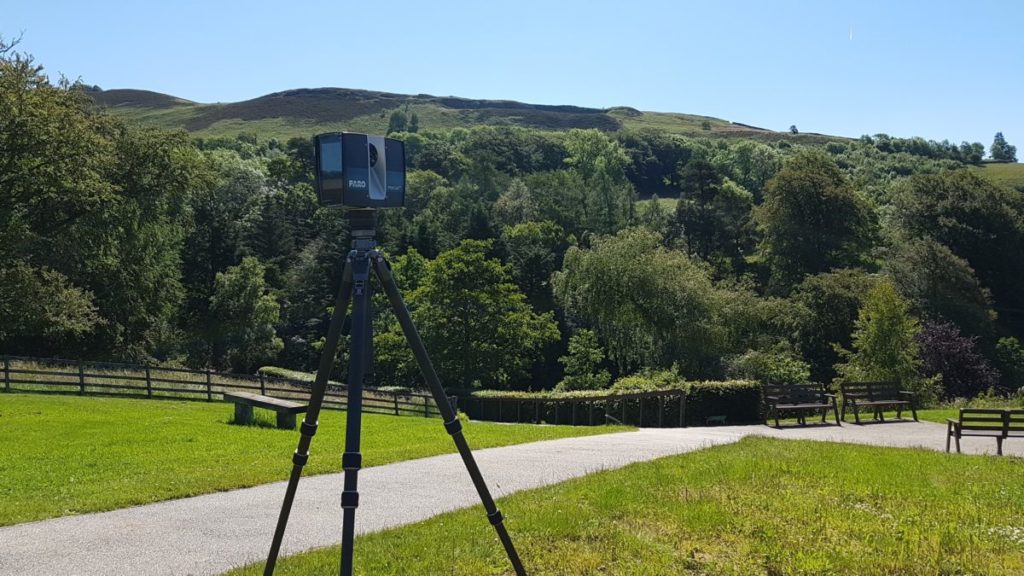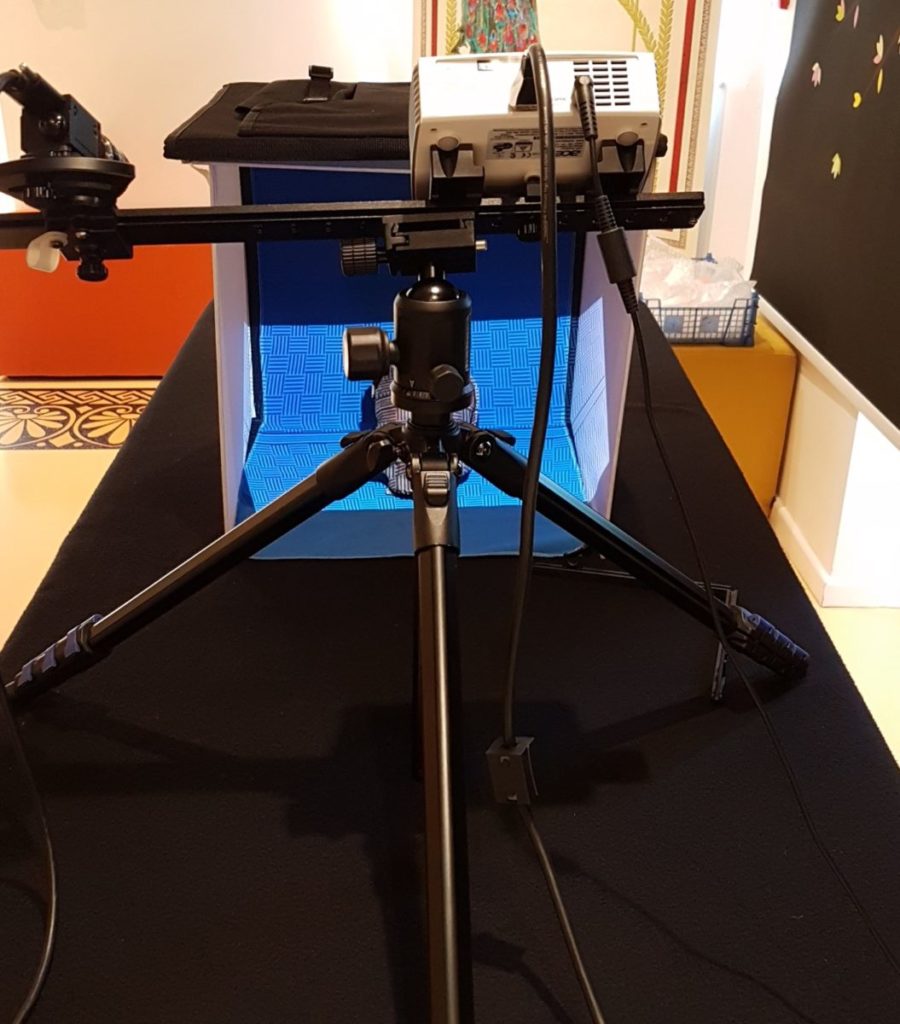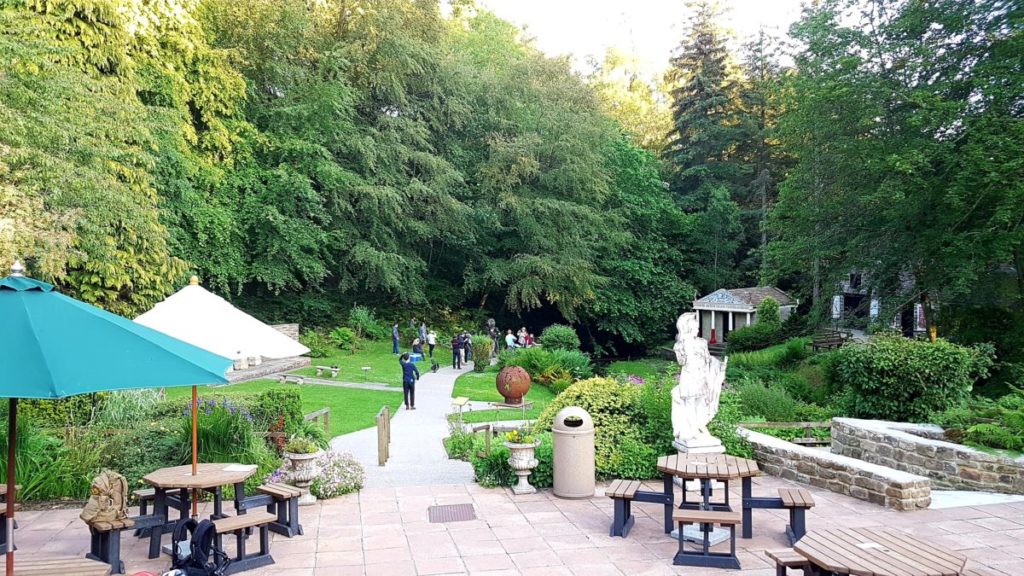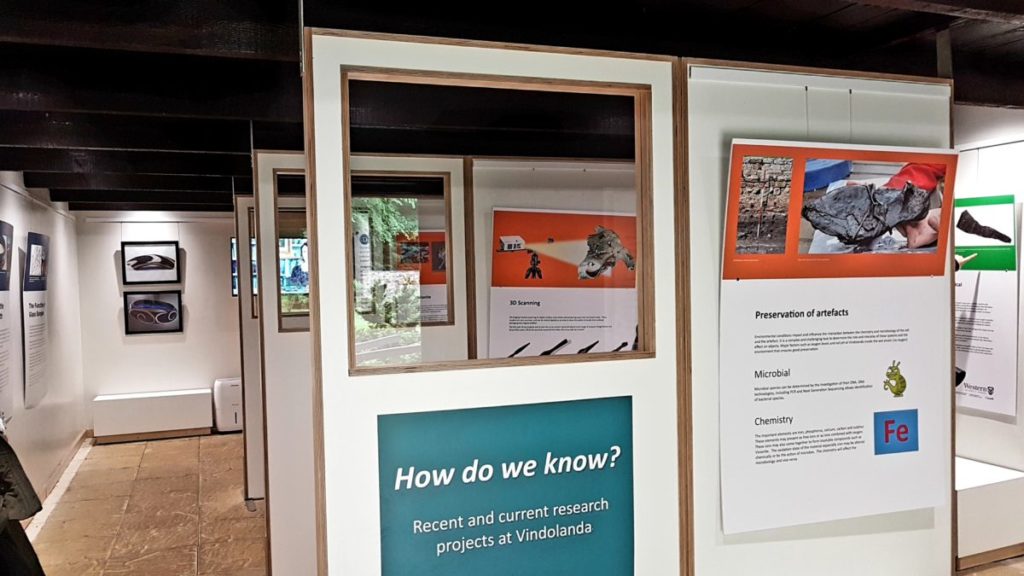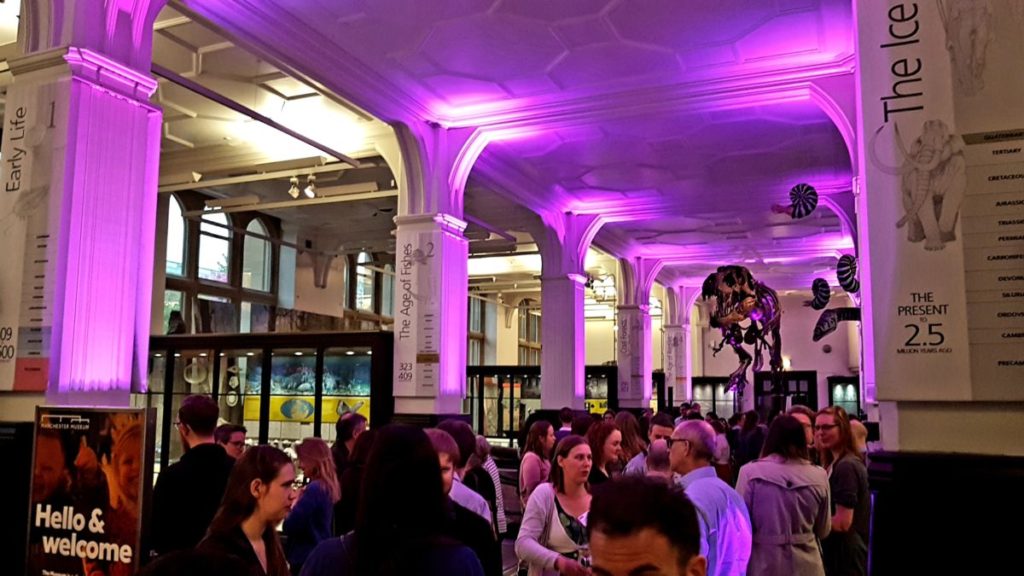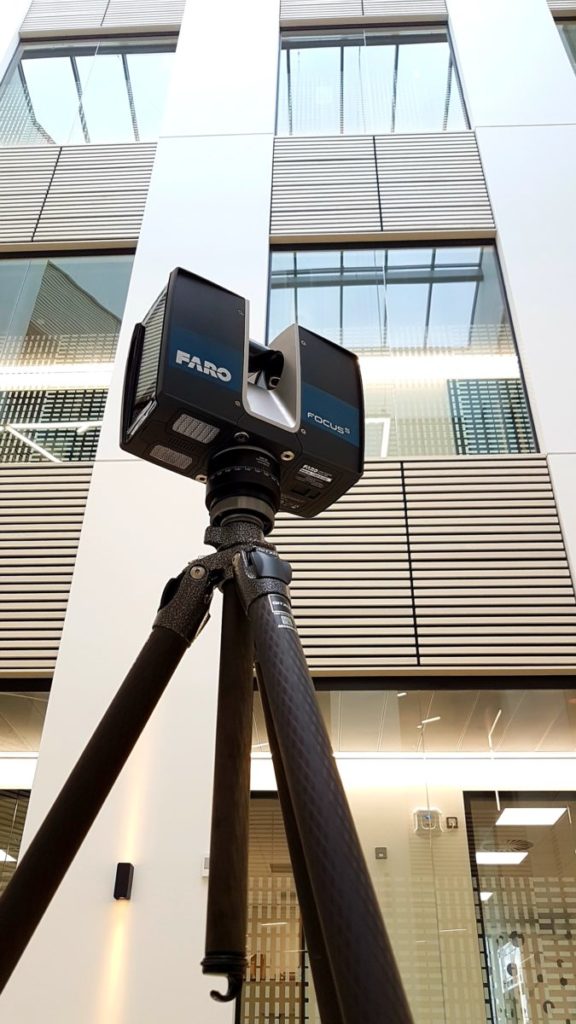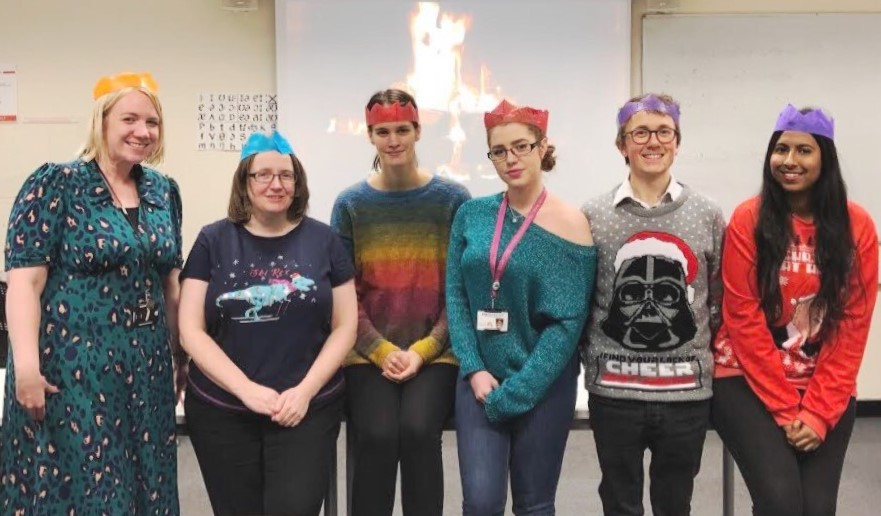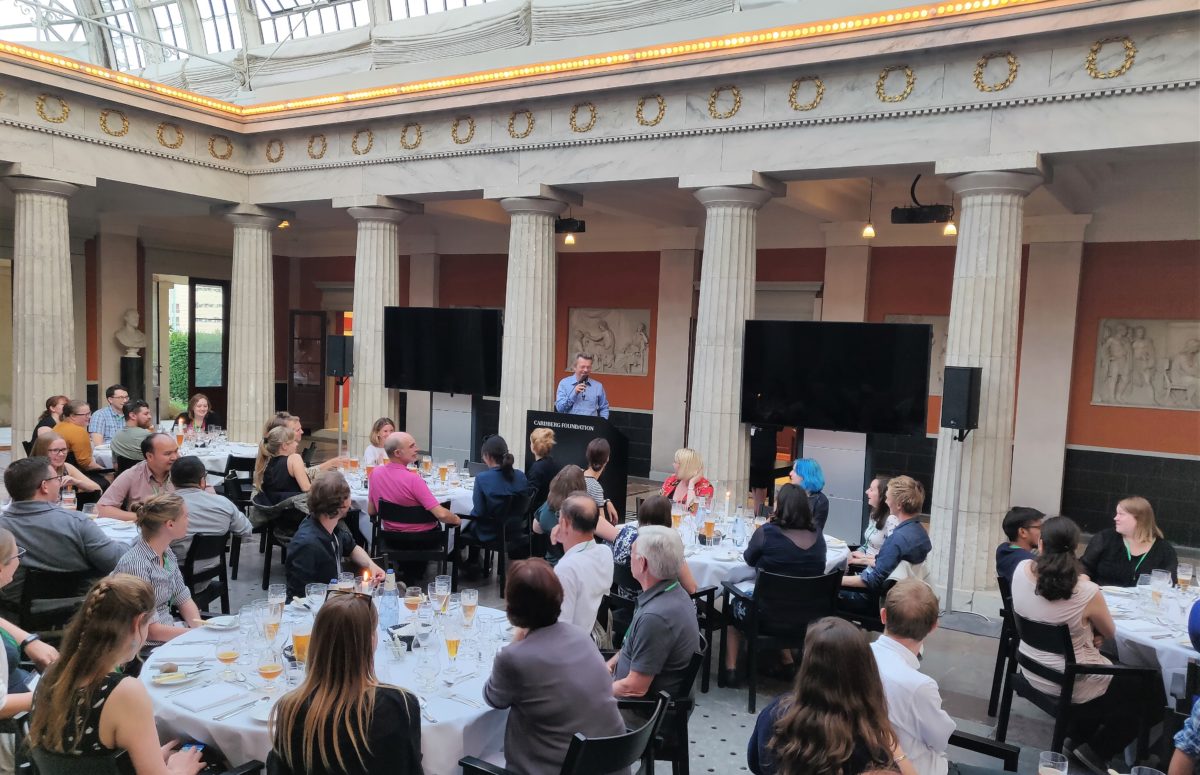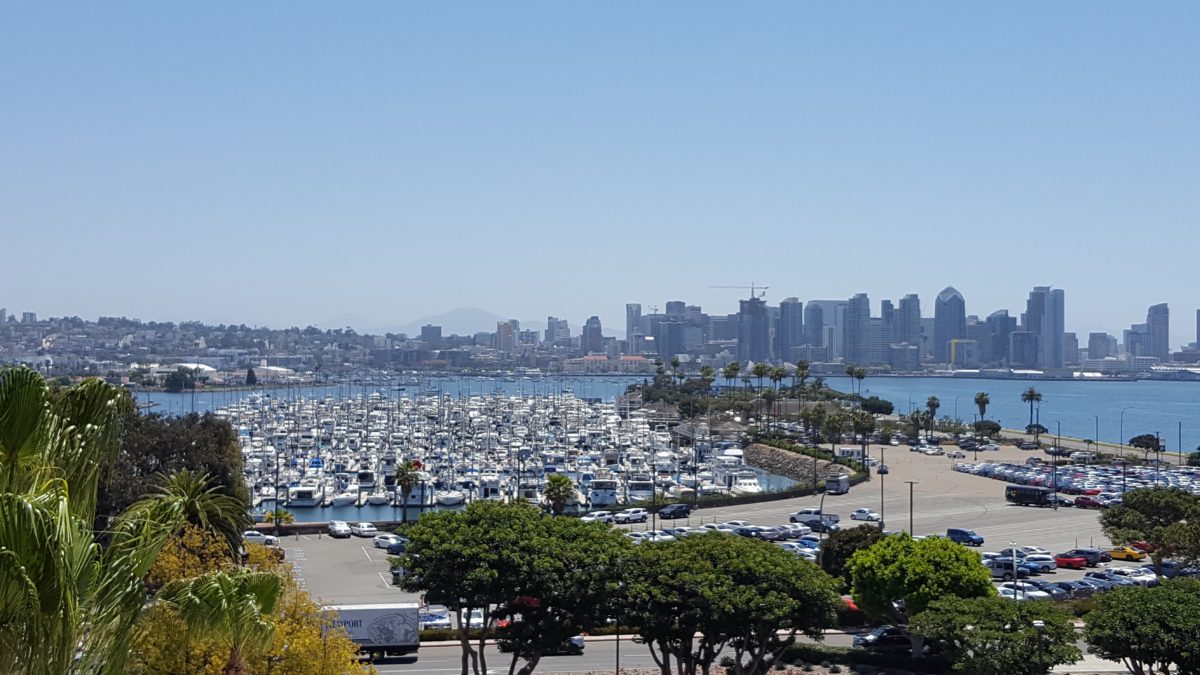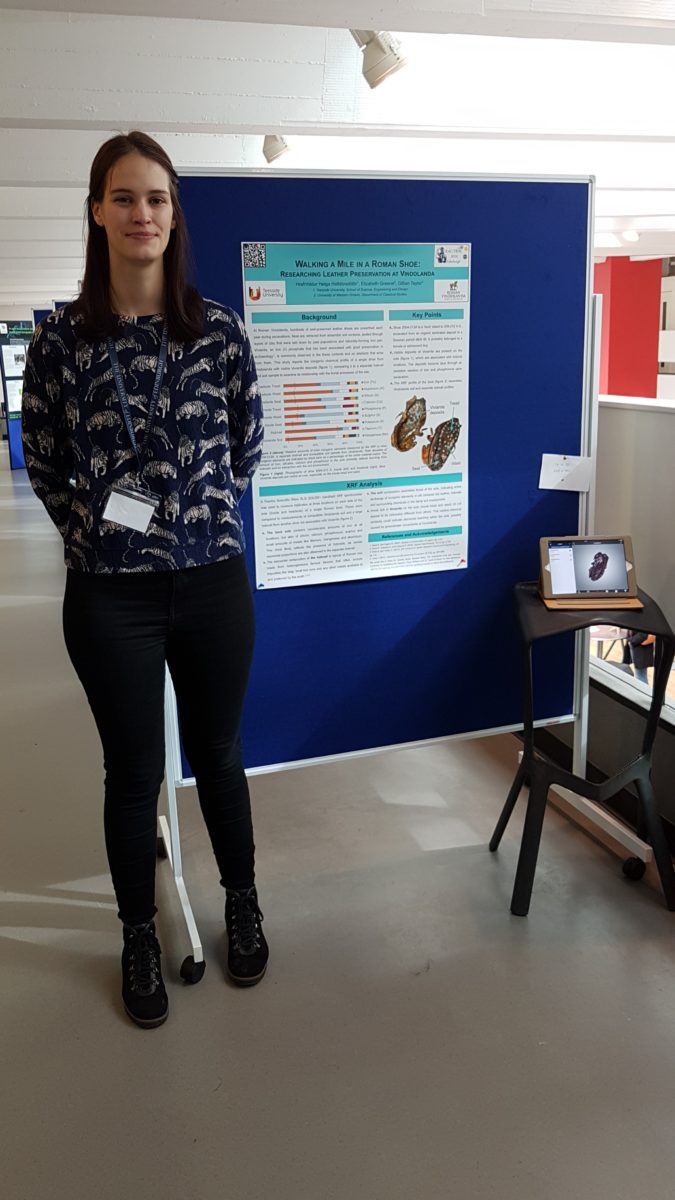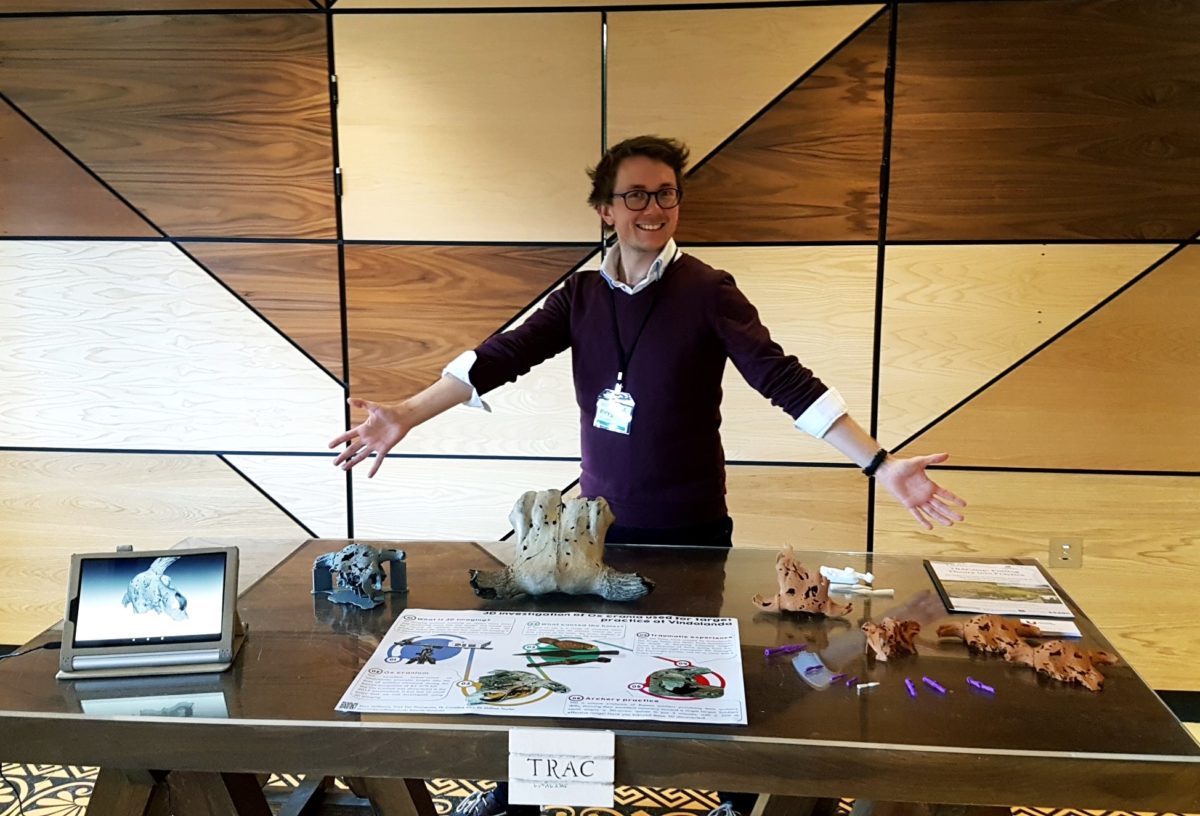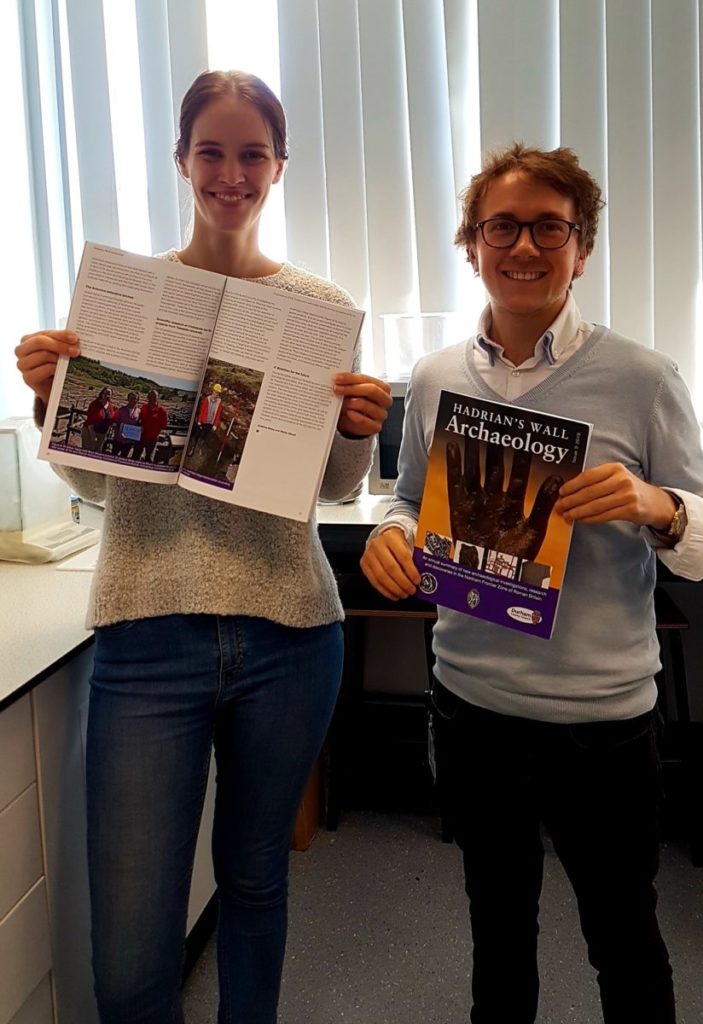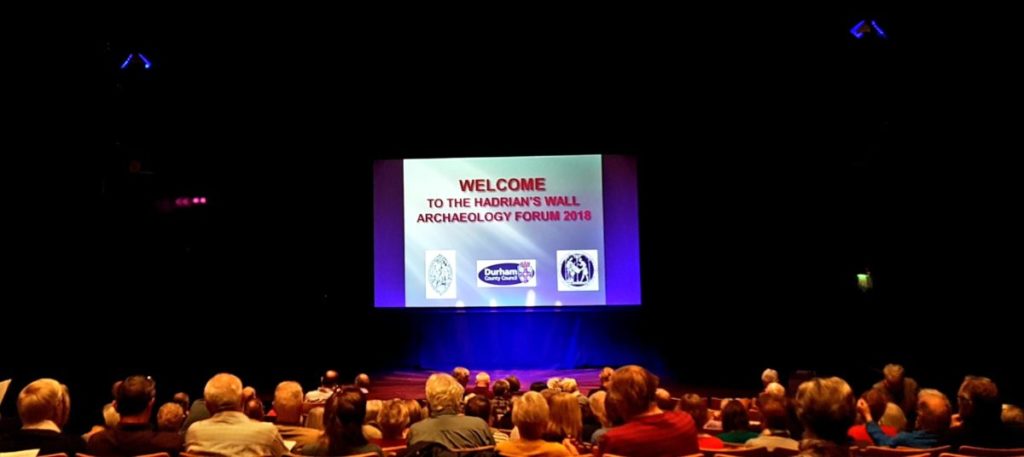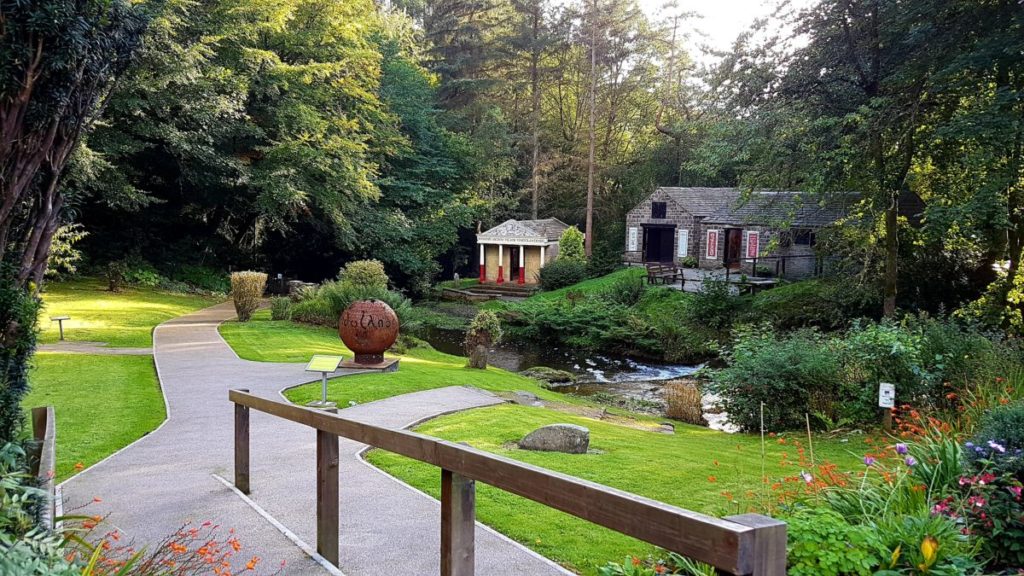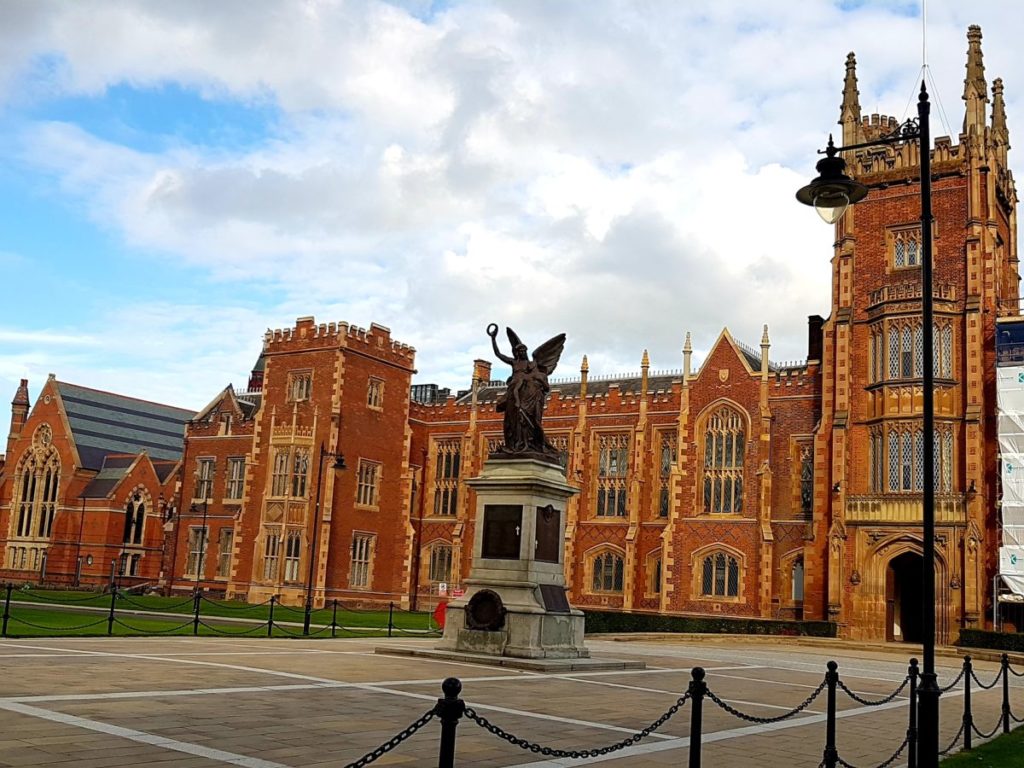Over here at TUBA, it’s been full focus on 3D work, Vindolanda, steam trains and puns (prepare yourself for a dad joke overload!)
Come on baby, scan the Locomotion
You may not know, but Darlington has rich history of railway travel. In fact, the very first public train journey was made here, from Darlington to Stockton, back in 1825. This journey was made by the rather inventively named locomotive, Locomotion No. 1. Though to be honest, it probably should have been called the slowcomotion thanks to the top speed of 12 miles an hour (and, bizarrely, a lack of brakes..?!).
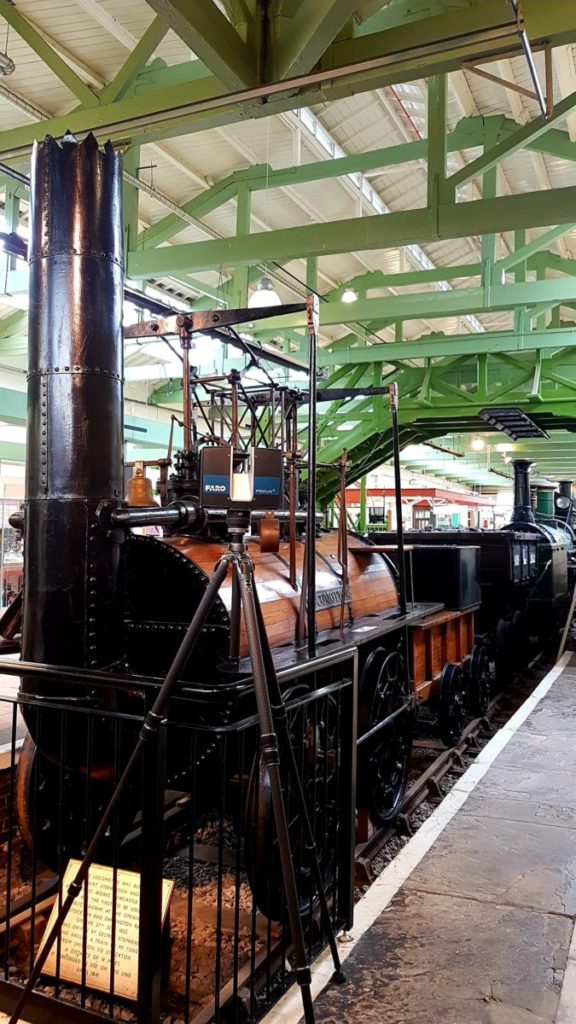
And so, we were invited alongside some of the fantastic forensic science researchers at Teesside University to take some 3D scans of the Locomotion. And what a beauty, if not a bit of a daunting task! We might have gotten a little too excited when agreeing to this one, but hey, that’s all part of research, right..? Crawling underneath the Locomotion through decades worth of cobwebs was not quite so expected (I’m pretty sure I saw Frodo trapped down there somewhere).

Whilst myself, Amber Collings and Tim Thompson were powering through taking Faro laser scans all around the Locomotion, Awatif Shamata and Rebecca Strong were going full steam ahead scanning smaller objects with the HP structured light scanner, including a penny lick. Yeah, you don’t want a penny lick. Originally used for serving a bit of ice cream at the cost of a penny, they ended up being banned because the lack of proper cleanliness resulted in widespread disease. But hey, these ended up being replaced for ice cream cones, so I guess the cholera and tuberculosis were worth it…
Well, looks like all the training with the Faro paid off! Once this model is tidied up and processed more, we should have a great platform for everyone to view and handle this marvelous train from their own home.
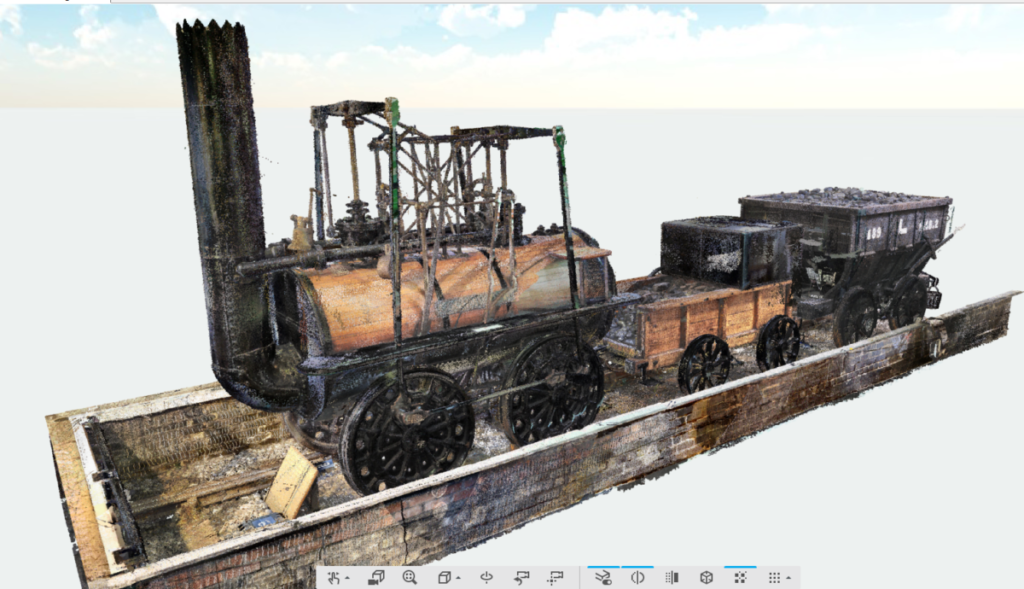
‘Google Maps-ing’ the Nation Horizons Centre
And now, for something totally unrelated to archaeology, we did some scanning at our new research building the NHC with a Matterport scanner. Think of this like a Google maps camera car, but for inside buildings. We went all over the building taking rapid scans to produce a neat floorplan and panoramic walk-through of the building, a la Google Maps style. Once the model goes public soon, you can all have a nosey of the building on your phones and iPads and plan out where you’re going to (comfortably) slave away in the labs!
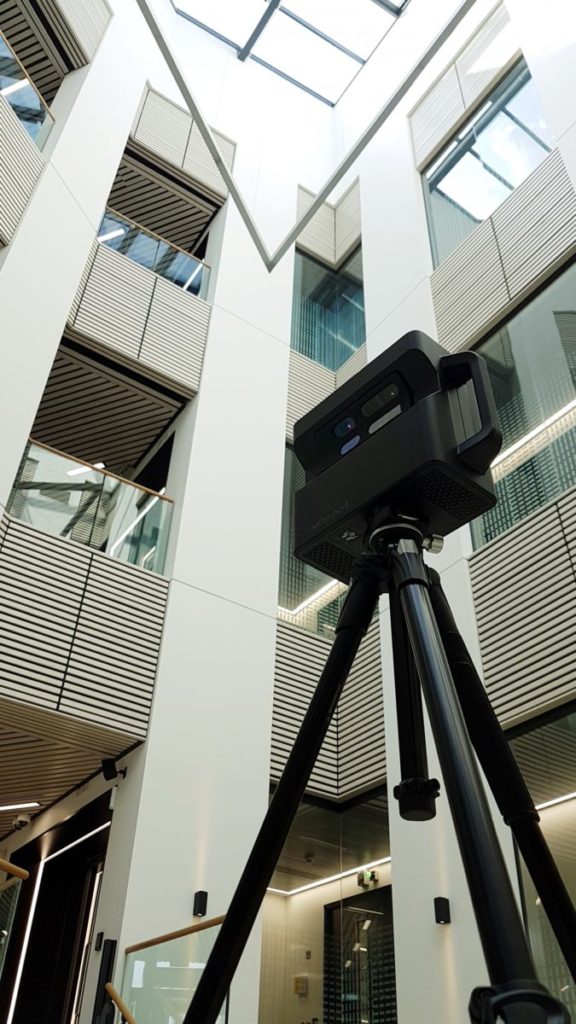
Vindolanda Target Practice Weaponry
Last but certainly not least, some of the target practice weapons we scanned at Vindolanda (admittedly a while ago…) have now been perfected and put on display on Sketchfab along the crania! Follow these links to view a lancehead, an arrowhead and a ballista bolt. What better way to end a post about 3D than reminding ourselves of death and war? Ahem, ahem.
Speaking of, if you want to learn more about target practice, 3D imaging, and what we can do for museums, please do come along to our workshop at Vindolanda over August bank holiday weekend! Absolutely family friendly and, dare we say, thought-provokingly life changing (too much?), we hope this event will be the figurative cherry on the top of the literal ice cream you have sat out at Vindolanda.
Looking forward to seeing you at our workshop!
TUBA


